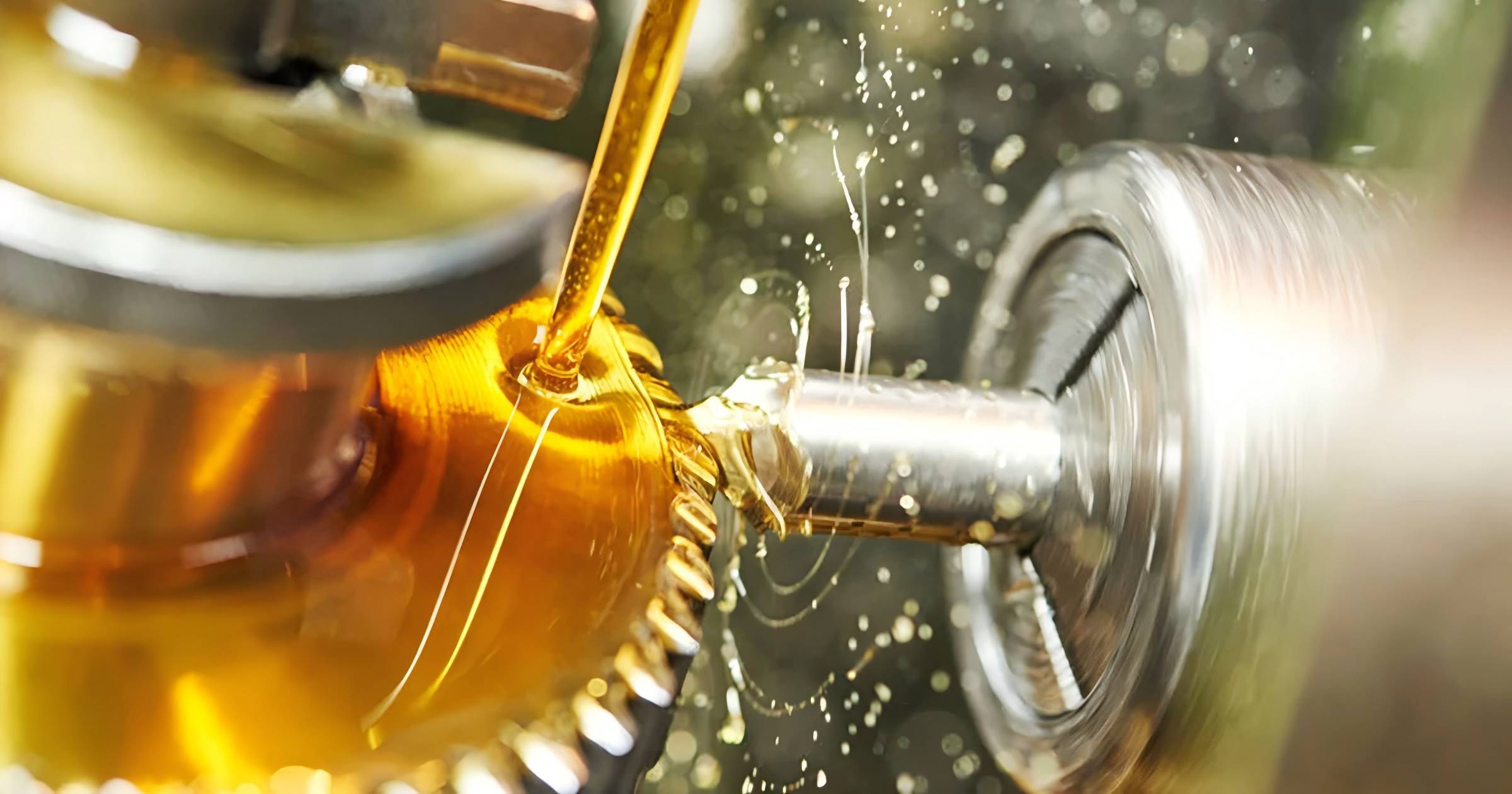
What is Triphenyl Thiophosphate?
What is Triphenyl Thiophosphate?
Triphenyl thiophosphate (TPP) is an organophosphorus compound with the chemical formula C18H15O4PS. It consists of a phosphorus atom bonded to a thiol group (–SH) and three phenyl groups (–C6H5). It is mainly used as a flame retardant and as an additive in various industrial processes.
Features of Triphenyl Thiophosphate
Appearance: TPP is a colorless or pale yellow solid.
Solubility: It is relatively soluble in organic solvents such as acetone, ethanol, and chloroform but poorly soluble in water.
Molecular Weight: 358.34 g/mol
Density: 1.31 g/cm³ at 20°C.
Boiling Point: 271°C (at 1 atm).
Melting Point: 48-50°C.
Chemical Properties of Triphenyl Thiophosphate
Reactivity: TPP is reactive with nucleophiles due to the electrophilic nature of the phosphorus center. It can undergo hydrolysis when exposed to water, which may result in the release of hydrogen sulfide (H2S).
Stability: It is stable under normal conditions but decomposes under high temperatures or in the presence of strong acids or bases.
Hydrolysis: In aqueous solutions, triphenyl thiophosphate undergoes hydrolysis, breaking down into triphenyl phosphate and hydrogen sulfide.
Applications of Triphenyl Thiophosphate
Flame Retardant: TPP is often used in plastics and coatings as a flame retardant due to its ability to release phosphorus during combustion, which helps in inhibiting flame spread.
Plasticizer: It is used as a plasticizer in the production of flexible polyvinyl chloride (PVC) and other polymers.
Lubricants and Hydraulic Fluids: Triphenyl thiophosphate is used as an additive in lubricants and hydraulic fluids to enhance their stability and performance.
Pesticides: In agriculture, TPP can be used as an intermediate in the synthesis of pesticides.
Polymerization Inhibitor: It can be used in polymerization processes to prevent unwanted polymerization reactions.
Anti-corrosive Agent: It is employed as an anti-corrosive agent in various formulations, especially in the metalworking industry.
Tips on Handling and Storage of Triphenyl Thiophosphate
Storage: TPP should be stored in a cool, dry, and well-ventilated area, away from heat sources, strong acids, and bases.
Handling: Handle TPP with care, using appropriate protective equipment such as gloves, goggles, and a lab coat. Ensure adequate ventilation to avoid inhalation of fumes.
Disposal: Proper disposal should follow local regulations. Do not dispose of TPP in rivers, streams, or open water sources. Waste material should be treated as hazardous.
Safety: In case of skin contact, wash with soap and water. In case of eye contact, flush with water for at least 15 minutes. If inhaled, move to fresh air immediately.
Supplier of Triphenyl thiophosphate (TPP)
UNPChemicals is a professional lubricant additive manufacturer producing high performance TPPT. TPPT is a ashless EP and AW additive for lubricants, grease and hydraulic fluids. It has excellent extreme pressure properties, wear resistance and high thermal stability and has no attack on yellow melts. If you are looking for TPP or TPPT, feel free to contact us.